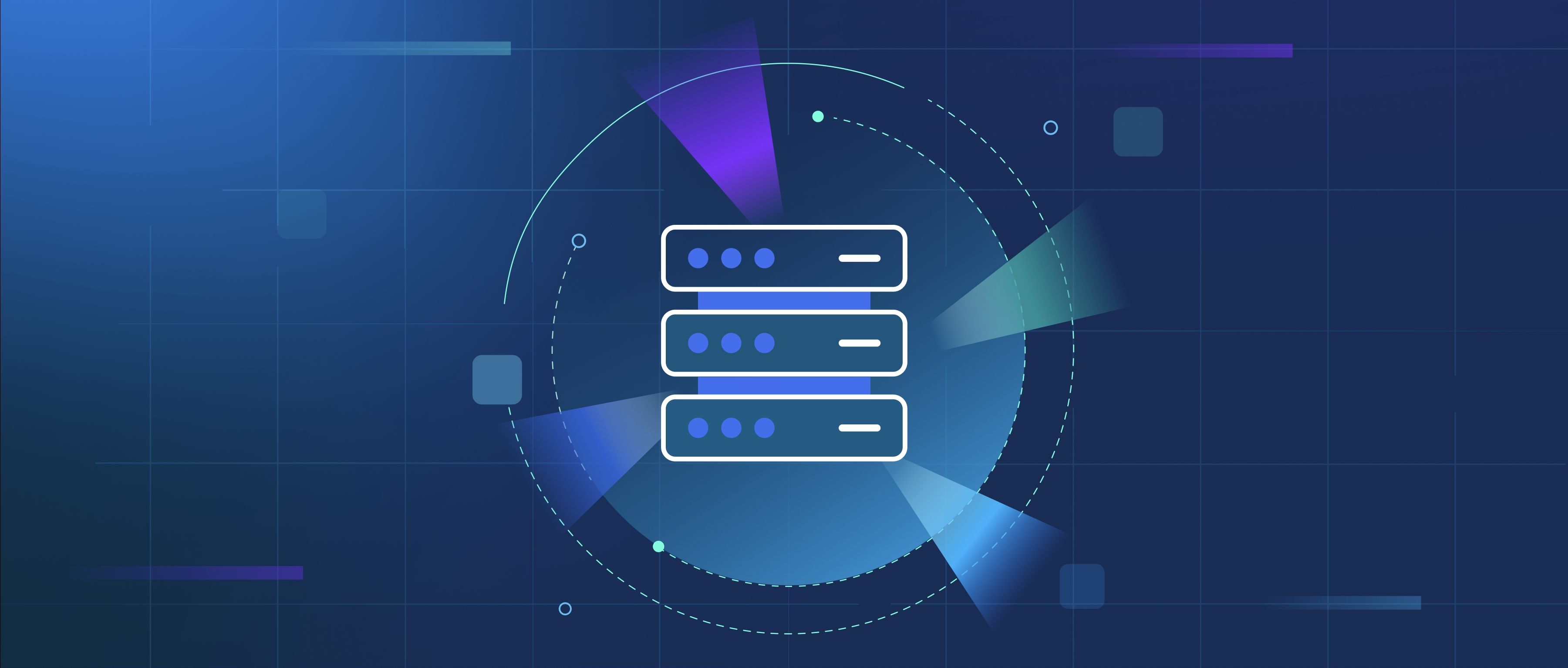Amazon Bedrock differentiates itself from cloud competitors like Microsoft Azure's OpenAI Service and Google Vertex AI by focusing on model diversity, serverless integration with AWS services, and flexible customization. While all three services provide access to foundation models (FMs), their approaches to model selection, ecosystem integration, and tooling vary significantly.
Model Selection and Vendor Neutrality Bedrock offers access to a curated set of FMs from third-party providers (e.g., Anthropic’s Claude, Cohere’s Command, Stability AI’s image models) alongside Amazon’s own Titan models. This multi-vendor approach allows developers to compare and switch models without managing separate API contracts. In contrast, Azure OpenAI Service is tightly coupled with OpenAI’s models (GPT-4, DALL-E), making it ideal for teams prioritizing OpenAI’s ecosystem. Google Vertex AI emphasizes Google’s proprietary models (Gemini, PaLM) but also includes select open-source options. Bedrock’s broader vendor support appeals to teams seeking to avoid lock-in or experiment with diverse model architectures.
Integration with Cloud Ecosystem Bedrock is deeply integrated with AWS services like Lambda, SageMaker, and AWS PrivateLink, enabling serverless workflows and secure model access within existing AWS environments. For example, developers can invoke Bedrock models via API in Lambda functions without managing infrastructure. Azure OpenAI benefits from native integration with Azure Cognitive Services and Active Directory, streamlining authentication and hybrid cloud deployments. Vertex AI ties into Google’s data tools (BigQuery, Vertex Pipelines) and offers prebuilt MLOps pipelines for model training. Bedrock’s serverless design simplifies scaling but offers fewer built-in MLOps tools compared to Vertex AI’s end-to-end pipelines.
Customization and Security All three services support model fine-tuning, but Bedrock emphasizes privacy-focused customization. For instance, Bedrock allows fine-tuning models like Claude using proprietary data stored in S3, with AWS claiming no data retention. Azure OpenAI provides similar fine-tuning for GPT models but requires strict compliance with Microsoft’s data handling policies. Vertex AI offers model adaptation tools like tuning via Reinforcement Learning with Human Feedback (RLHF). Bedrock also provides AWS-specific security features, such as model access restricted via IAM roles and VPC endpoints, which may appeal to enterprises with strict compliance requirements already using AWS.
In summary, Bedrock is best suited for AWS-centric teams prioritizing multi-model flexibility and serverless workflows, while Azure OpenAI and Vertex AI cater to organizations deeply invested in their respective cloud ecosystems or specific model providers (OpenAI or Google). The choice depends on existing cloud infrastructure, preferred models, and the need for specialized MLOps tooling versus simplified API access.
